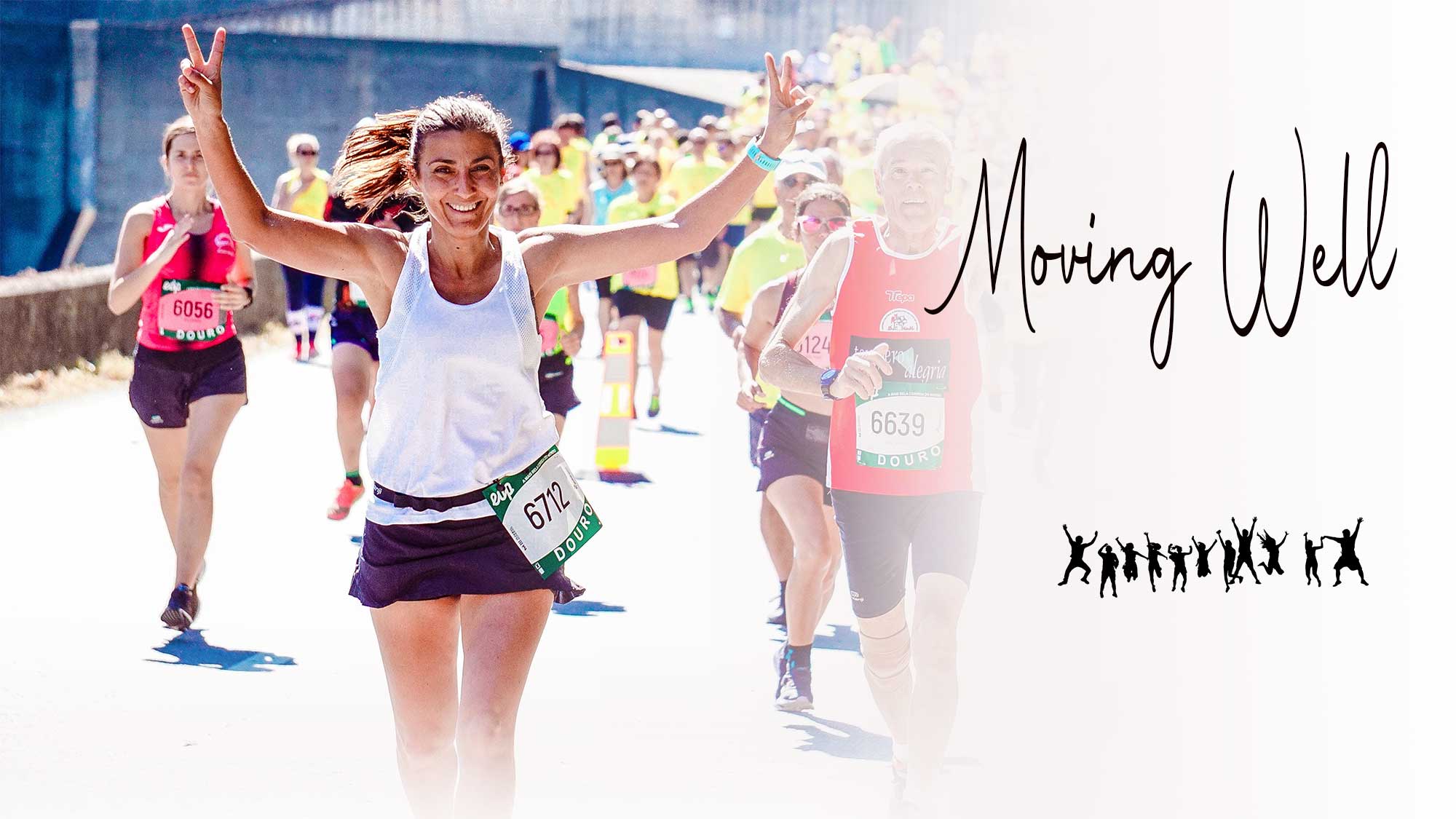
HOW TO EXERCISE SMART – PART 8
HOW TO EXERCISE SMART – PART 8
Benefits of exercise
If you’re in need of some motivation to get out and be active, then sit down and read this impressive list of exercise benefits.
Better still, stand up and read it.
Exercise is a key contributor to people living longer, healthier, more vibrant lives.
It’s been over 30 years since researchers observed that physical activity extends life.
One of the earliest studies found that champion male Finnish skiers lived, on average, over four years longer than average Finnish men.2
More recently, an investigation of some of the longest-living people on earth— Okinawans and Seventh-day Adventists—showed that all of these groups engaged in plenty of physical activity as part of their daily living.3,4
Researchers have examined many possible mechanisms by which exercise extends life.
One study, using identical twins, probed the link between exercise and the length of telomeres.
Telomeres are the protective ends of chromosomes that shorten as we age and are one of the most important factors in the ageing process.
The study found that inactive people were biologically up to 10 years older than more active individuals, based on the length of their telomeres.
The researchers concluded that reduced length of telomeres was a key method by which a sedentary lifestyle may accelerate the ageing process.5
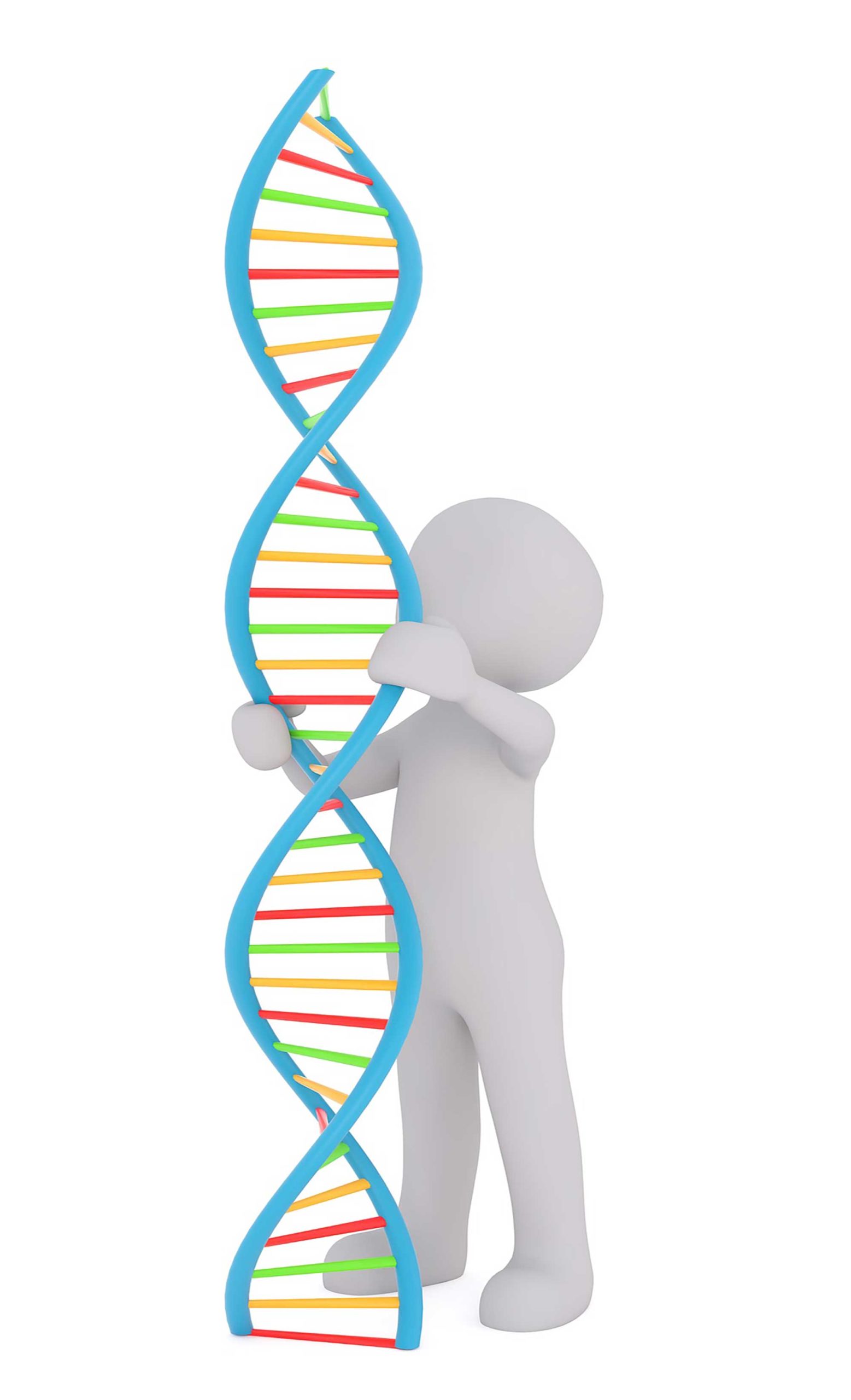
Exercise can prevent, delay, minimise or manage a multitude of illnesses.
CORONARY HEART DISEASE AND STROKE
Exercise has beneficial effects on a number of factors that contribute to cardiovascular disease.
Exercise can reduce high blood pressure, increases HDL (good) cholesterol, decreases triglyceride levels, and improves insulin sensitivity.6
HIGH BLOOD PRESSURE
People who are physically inactive have a 30–50% greater risk of developing high blood pressure as they age.
High blood pressure is a significant public health challenge contributing to stroke, coronary heart disease, kidney disease, heart failure and end stage renal disease.7
It is unclear exactly how exercise affects blood pressure, but some studies suggest that exercise stimulates the production of nitric oxide by the endothelium (blood vessel lining), which enhances smooth muscle relaxation and keeps blood vessels in their normal resting state.8

CHOLESTEROL
Exercise helps to reduce the levels of LDL (bad) cholesterol that is linked to cardiovascular disease.9
There are several ways it does this.
Exercise can lead to weight loss whereas being overweight tends to increase the amount of LDL in your blood.10
Exercise also stimulates enzymes that help move LDL cholesterol out of the blood stream,11 and changes its particles from being small and dense—and therefore too easily deposited into blood vessel walls forming plaques—into big, fluffy particles which don’t contribute to cardiovascular disease.9
TYPE 2 DIABETES
Exercise is considered to be as important as healthy eating in the prevention and management of type 2 diabetes.
Regular physical activity—with or without weight loss—helps to keep blood glucose levels lower, and improves poor insulin sensitivity—one of the key metabolic failings in type 2 diabetes.12
Exercise that results in reduced body fat has an additional beneficial effect on insulin sensitivity.13
Strength-training exercise also decreases baseline insulin levels.14
Research has produced firm and consistent evidence that increased physical activity and modest weight loss help prevent people with impaired glucose tolerance from developing type 2 diabetes.15,16
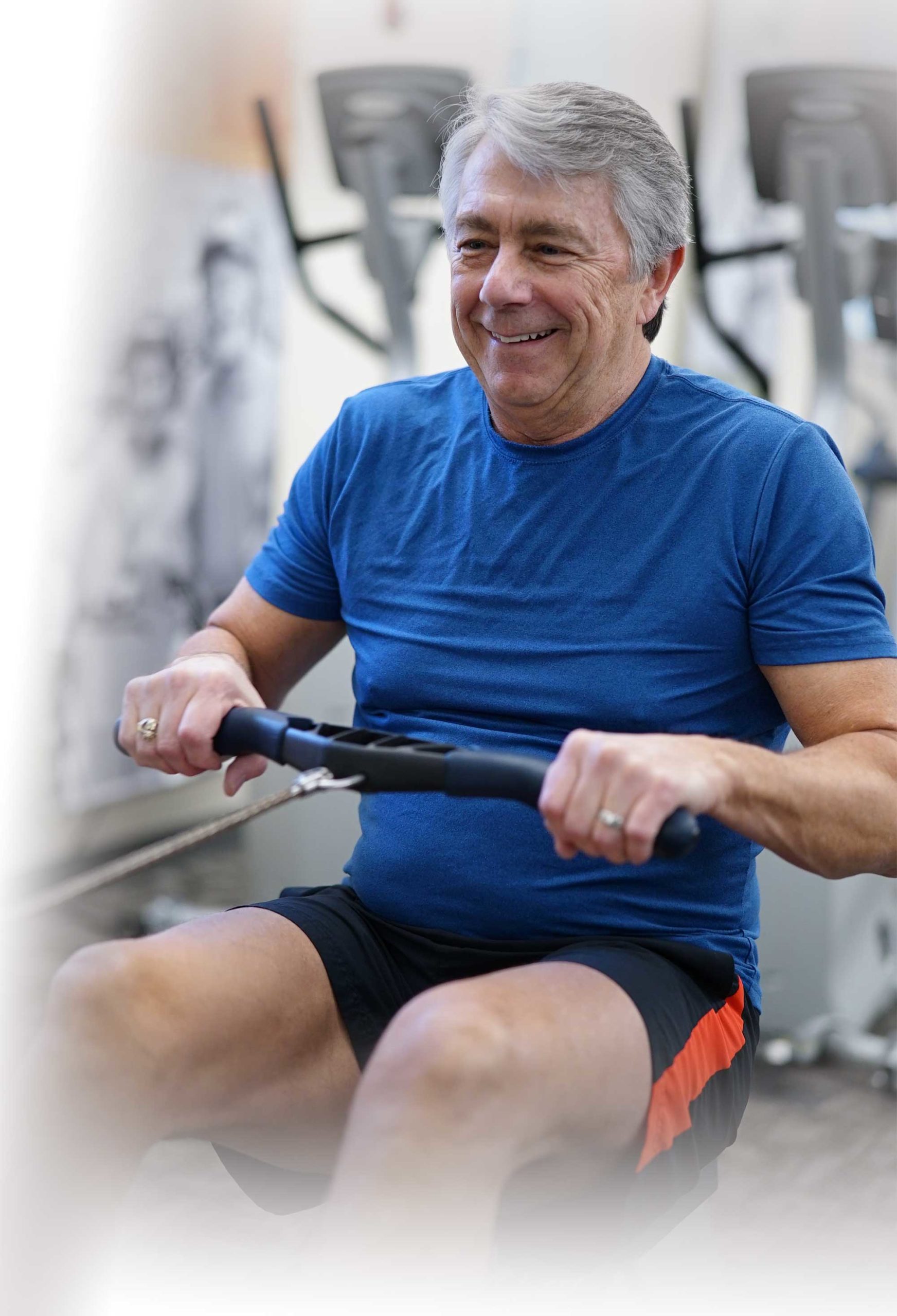
OSTEOPOROSIS
Regular exercise is one of the best ways to strengthen your bones and prevent osteoporosis.17,18
Exercise can also help stem, and even reverse, the loss of bone mass in the elderly and very old.19
There are three types of exercise that help build healthy bones: weight-bearing (in which your body weight is supported by your feet and legs), resistance exercise (lifting or pushing against light weights), and flexibility (stretching) exercises.20
CANCER
Extensive research has produced clear and convincing evidence that physical activity reduces the risk of colon (bowel) and breast cancers.21,22
Studies also suggest that exercise may reduce the risk of cancers of the prostate and lung.23,24
In particular, colon cancer has been one of the most comprehensively studied cancers in relation to physical activity.
A multitude of studies from around the world have found that adults who increase their physical activity, either in intensity, duration, or frequency, can reduce their risk of developing colon cancer by up to 30%.
These benefits were obtained regardless of individuals’ body mass index, although the greatest risk reduction was seen in the most active people.21,25
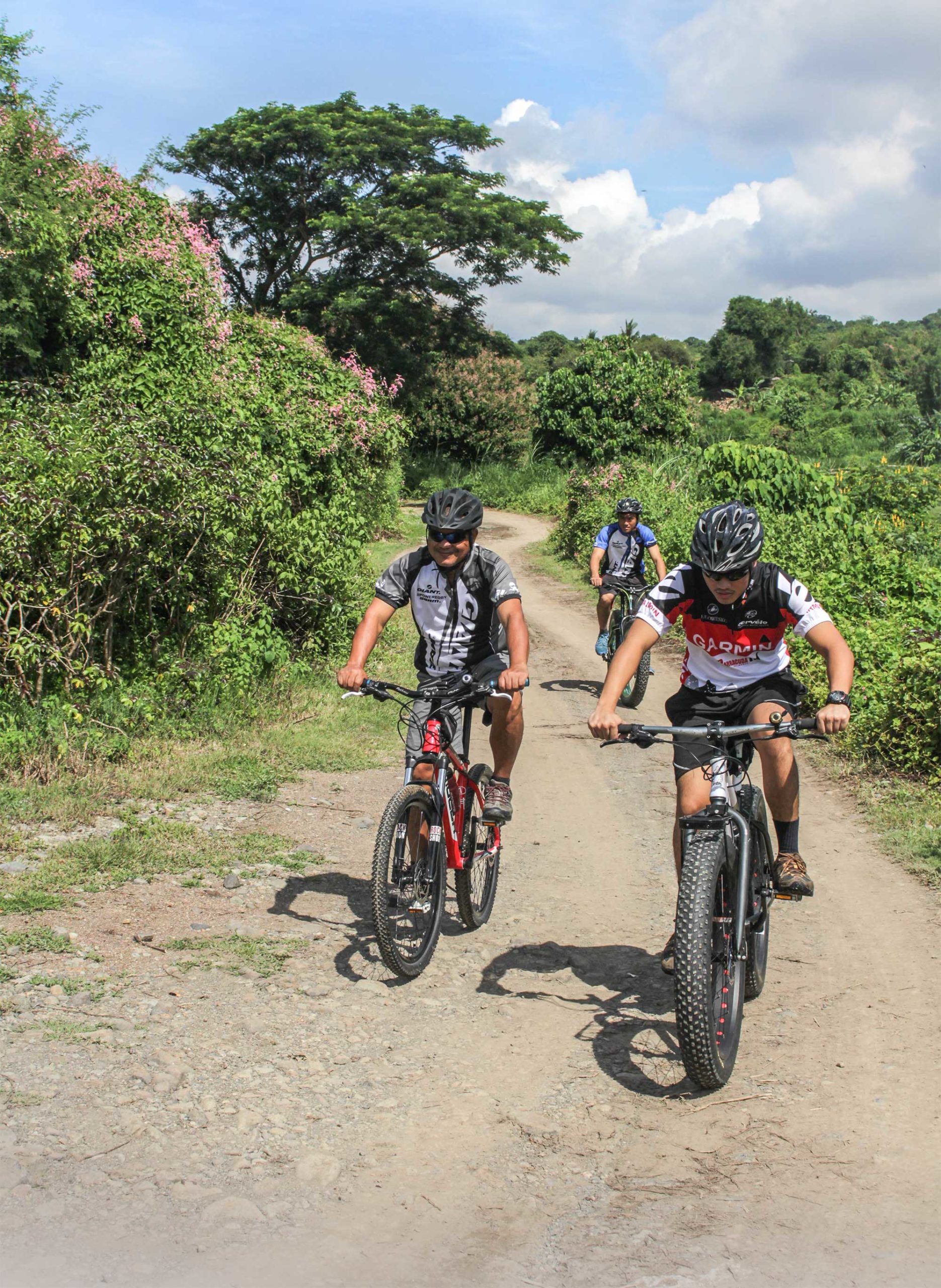
OVERWEIGHT AND OBESITY
Obesity is a significant risk factor for many diseases including type 2 diabetes,26 several types of cancer,27 and heart disease.28
Numerous studies identify regular physical activity as being crucial in the fight against obesity.29
Exercise is especially useful in maintaining weight loss over the long term, because the more we exercise the easier it becomes.
In fact, our body comes to crave exercise because of the mood-enhancing endorphins produced when we are physically active.30 Exercise also plays a valuable role in helping to regulate our appetite, and in overweight individuals it may actually decrease hunger.31
An expert report by the World Cancer Research Fund gave their highest commendation—“convincing”—to the role exercise plays in managing obesity.32
IMMUNE SYSTEM
Moderate physical activity is known to boost the body’s immune system— you’ll be less likely to fall ill, but if you do, your symptoms will be milder and you’ll recover more quickly.33,34
Additionally, we now know that exercise increases the production of anti-oxidants, which fight free radicals in the body.
Free radicals are molecules that damage body cells and tissue, contributing to many diseases including heart disease and cancer.35

There’s little point avoiding disease and living longer if we’re not living happy, fulfilled lives.
And exercise helps with this, too.
Exercise increases our energy levels, meaning we don’t feel tired and fatigued so easily.
One way it does this is by improving our cardiovascular fitness or efficiency,36 resulting in improved delivery of oxygen to our cells.
Another fascinating mechanism is that exercise stimulates the creation of new mitochondria in our muscle cells.37
Mitochondria are the power houses of our cells, where energy is unleashed from the food we’ve eaten.
Hence, exercise increases our capacity to generate energy.

Exercise helps you feel better—more positive and vibrant—because it stimulates the release of endorphins in your brain.30
Endorphins interact with receptors in the brain that reduce our perception of pain.
They also produce feelings of euphoria, moderate appetite, release sex hormones, and enhance the immune response.
Research has also found that exercise can improve cognition and brain function.38
Exercise enables us to cope better with stress.39
In part, it does this by reducing the levels of stress hormones such as cortisol and adrenaline.40
Exercise can also be a chance to unwind, to enjoy either your own company or the company of friends, thereby further strengthening our ability to cope with stress.

Studies have shown that regular physical activity improves an individual’s perception of their physical condition and body attractiveness.41
As your body becomes more firm and toned, you not only feel more self-confident, you also experience a greater sense of control over your life.

Now to do it
There are four key types of exercise required for comprehensive health and wellbeing benefits.
1. AVOID PROLONGED SITTING
Exercising for 30 minutes a day will make both your body and mind happy—60 minutes a day is even better!42
But they’re not enough by themselves.
Researchers have found that even regular exercise has limited benefit, if aside from your session of training you spend the remainder of your time mostly sitting.
“While exercising daily has many health-promoting benefits, if you spend the rest of your day sitting around and not moving, your risk of ill-health, disease and premature death jumps back up!”42,43
It’s not just about how long we spend sitting, but how long we spend sitting without a break. Prolonged, uninterrupted sitting is the problem.
Having regular movement breaks—or even just standing breaks—are linked to lower measurements of waist circumference, body mass index, blood triglycerides and fasting plasma glucose levels.44
Find ways in your everyday life to spend less time sitting.
You could try standing and folding the clean clothes while watching TV.
Or why not stand at your office desk while talking on the phone?
Could a walking meeting work for your team instead of the usual boardroom sitting fest?

2. AEROBIC EXERCISE
Aerobic exercises are activities in which your body requires lots of oxygen— resulting in you breathing harder and faster in order to supply it.
Examples include walking, jogging, swimming, riding, dancing, and rowing.
The Aerobic Center Longitudinal Study, involving more than 100,000 participants over more than 40 years, has shown that people who undertake about 150 minutes of moderate-intensity aerobic exercise per week have a greatly decreased risk of premature death, among a myriad of other benefits.42,45
This can be achieved with just 30 minutes a day, five days a week.
The 30 minutes can even be broken down into three 10-minute blocks spread over the day.46,47
For overweight people, aerobic exercise is beneficial even when it doesn’t result in weight loss.48
In fact, obese people who are active have lower rates of illness and death than normal-weight people who are inactive.49
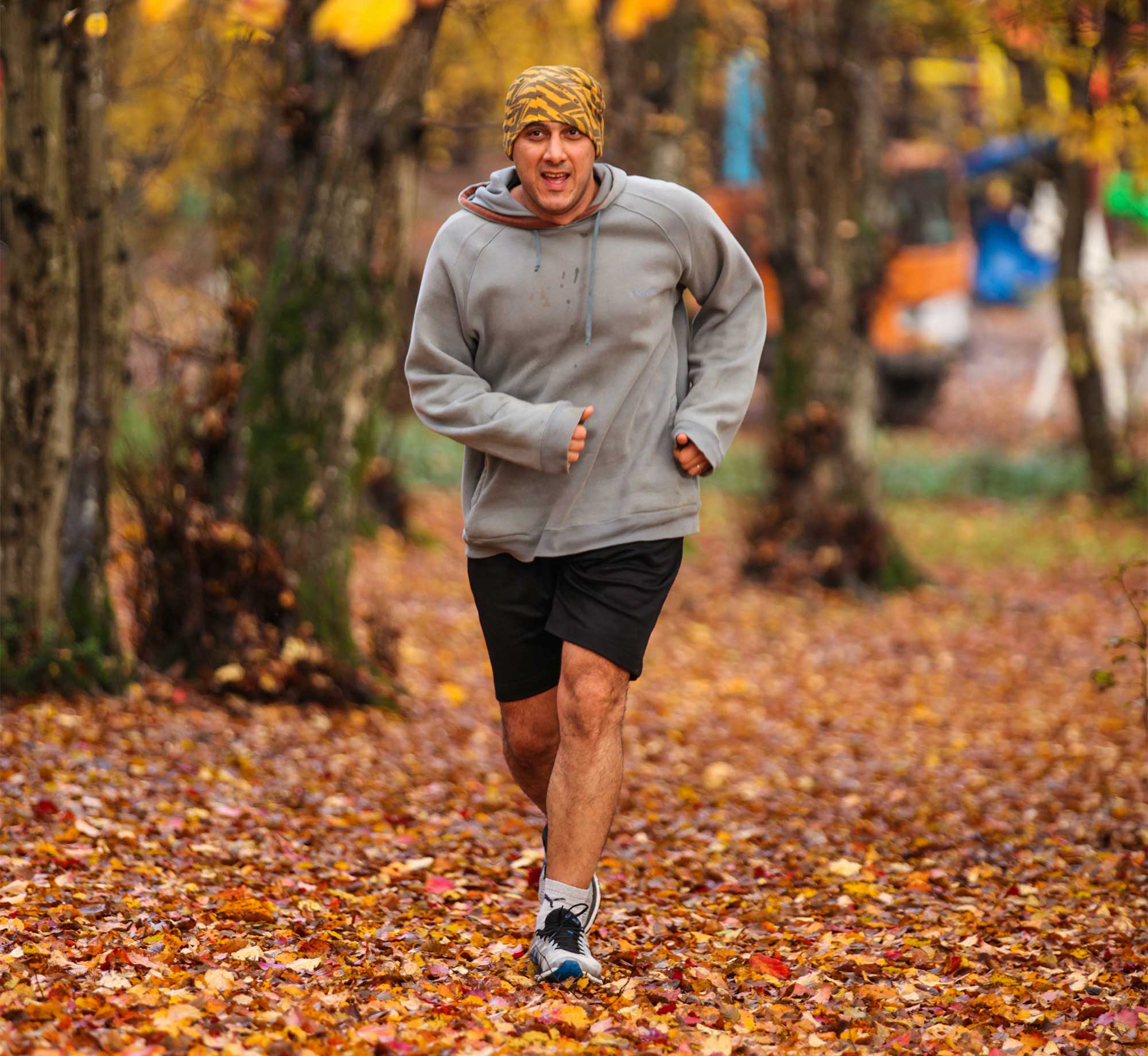
3. STRENGTH-BUILDING EXERCISE
Strength-building exercises are designed to build muscle strength, and this is achieved by causing the muscle to contract against an external weight.
You don’t need to lift dumb-bells at the gym—simple items like cans of food, water bottles, or even your own body weight (when performing a push-up) will do the trick.
Also referred to as resistance exercise, muscle-strengthening exercises have important benefits.
They tone and strengthen muscles, improving functionality and countering the loss of muscle tissue that occurs as we age.50
Toned muscles also use more energy—even when you’re asleep—so strength-building exercises increase your resting metabolic rate and help burn up excess kilojoules.51
Hence they are valuable for weight loss and weight control.
Strength-building exercises also stimulate the nerves, and there is evidence that they improve brain health and reduce cognitive decline.52
Importantly in Western society, resistance exercises may assist in improving and maintaining bone density and prevent osteoporosis.53

4. STRETCHING EXERCISE
Stretching exercises are designed to improve flexibility and suppleness, and are especially important as we age and our body tissue become more tense.54
Stretching exercises are best done daily after you’ve exercised and are warmed up, but they can be done anytime you have a few spare minutes in the day
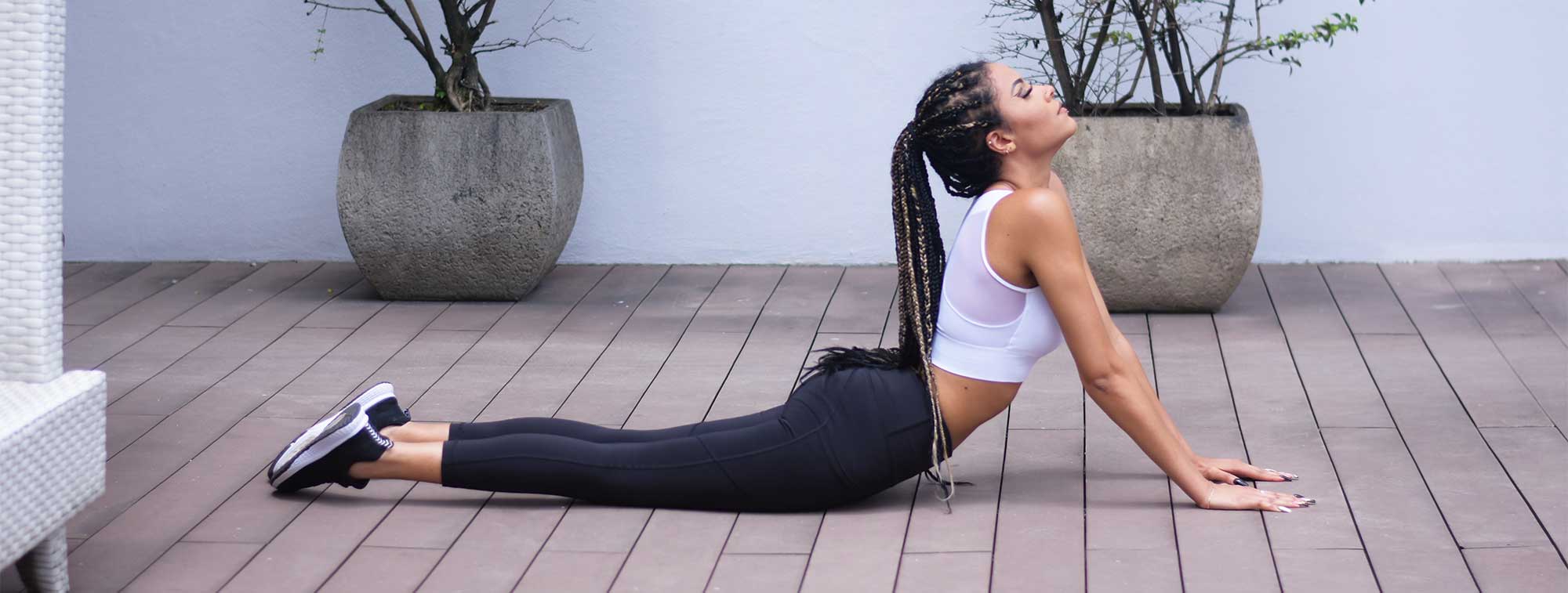
IN A NUTSHELL
REFERENCES
1. Blair SN. Physical inactivity: The biggest public health problem of the 21st century. British Journal of Sports Medicine. 2009;43(1):1-2 •
2. Karvonen MJ. Sports and longevity. Advances in Cardiology. 1976;18(0):243-248
3. Lindsted KD, Tonstad S, Kuzma JW. Self-report of physical activity and patterns of mortality in Seventh-Day Adventist men. Journal of Clinical Epidemiology. 1991;44(4-5):355-364 •
4. Willcox BJ, Willcox DC, Todoriki H, et al. Caloric restriction, the traditional okinawan diet, and healthy aging: The diet of the world’s longest-lived people and its potential impact on morbidity and life span. Vol 1114; 2007:434-455 •
5. Cherkas LF, Hunkin JL, Kato BS, et al. The association between physical activity in leisure time and leukocyte telomere length. Archives of Internal Medicine. 2008;168(2):154-158 •
6. Wise FM. Coronary heart disease: The benefits of exercise. Australian Family Physician. 2010;39(3):129-133 •
7. Baster T, Brooks CB. Exercise and hypertension. Australian Family Physician. 2005;34(6):419-424 •
8. Sherman DL. Exercise and endothelial function. Coronary Artery Disease. 2000;11(2):117-122 •
9. Halverstadt A, Phares DA, Wilund KR, Goldberg AP, Hagberg JM. Endurance exercise training raises high-density lipoprotein cholesterol and lowers small low-density lipoprotein and very low-density lipoprotein independent of body fat phenotypes in older men and women. Metabolism: Clinical and Experimental. 2007;56(4):444-450 •
10. Fu S, Luo L, Ye P, et al. Overall and abdominal obesity indicators had different association with central arterial stiffness and hemodynamics independent of age, sex, blood pressure, glucose, and lipids in Chinese community-dwelling adults. Clinical Interventions in Aging. 2013;8:1579-1584 • 11. Durstine JL, Haskell WL. Effects of exercise training on plasma lipids and lipoproteins. Exercise and Sport Sciences Reviews. 1994;22:477-521 •
12. Albright A, Franz M, Hornsby G, et al. ACSM position stand on exercise and type 2 diabetes. Medicine and Science in Sports and Exercise. 2000;32(7):1345-1360 •
13. Fisher G, Hunter GR, Gower BA. Aerobic exercise training conserves insulin sensitivity for 1 yr following weight loss in overweight women. Journal of Applied Physiology. 2012;112(4):688-693 •
14. Saremi A, Parastesh M. Twelve-week resistance training decreases myostatin level and improves insulin sensitivity in overweight-obese women. International Journal of Diabetes and Metabolism. 2011;19(2):63-68 • 15. Knowler WC, Barrett-Connor E, Fowler SE, et al. Reduction in the incidence of type 2 diabetes with lifestyle intervention or metformin. New England Journal of Medicine. 2002;346(6):393-403 •
16. Tuomilehto J, Lindström J, Eriksson JG, et al. Prevention of type 2 diabetes mellitus by changes in lifestyle among subjects with impaired glucose tolerance. New England Journal of Medicine. 2001;344(18):1343-1350 •
17. Khan KM, Bennell KL, Hopper JL, et al. Self-reported ballet classes undertaken at age 10-12 years and hip bone mineral density in later life. Osteoporosis International. 1998;8(2):165-173 •
18. Kriska AM, Sandler RB, Cauley JA, LaPorte RE, Hom DL, Pambianco G. The assessment of historical physical activity and its relation to adult bone parameters. American Journal of Epidemiology. 1988;127(5):1053-1063 •
19. Smith Jr EL, Reddan W, Smith PE. Physical activity and calcium modalities for bone mineral increase in aged women. Medicine and Science in Sports and Exercise. 1981;13(1):60-64 •
20. Platen P. The importance of sport and physical exercise in the prevention and therapy of osteoporosis. European Journal of Sport Science. 2001;1(3):1-20 •
21. Boyle T, Keegel T, Bull F, Heyworth J, Fritschi L. Physical activity and risks of proximal and distal colon cancers: A systematic review and meta-analysis. Journal of the National Cancer Institute. 2012;104(20):1548-1561 •
22. Chlebowski RT. Nutrition and physical activity influence on breast cancer incidence and outcome. Breast. 2013;22(S2):S30-S37 • 23. Young-McCaughan S. Potential for prostate cancer prevention through physical activity. World Journal of Urology. 2012;30(2):167-179 •
24. Koutsokera A, Kiagia M, Saif MW, Souliotis K, Syrigos KN. Nutrition habits, physical activity, and lung cancer: An authoritative review. Clinical Lung Cancer. 2013;14(4):342-350 •
25. Slattery ML. Physical activity and colorectal cancer. Sports Medicine. 2004;34(4):239-252 •
26. Schmidt M, Johannesdottir SA, Lemeshow S, et al. Obesity in young men, and individual and combined risks of type 2 diabetes, cardiovascular morbidity and death before 55 years of age: A danish 33-year follow-up study. BMJ Open. 2013;3(4) • 27. De Pergola G, Silvestris F. Obesity as a major risk factor for cancer. Journal of Obesity. 2013;2013 •
28. Nguyen NT, Nguyen XMT, Wooldridge JB, Slone JA, Lane JS. Association of obesity with risk of coronary heart disease: Findings from the National Health and Nutrition Examination Survey, 1999-2006. Surgery for Obesity and Related Diseases. 2010;6(5):465- 469 • 29. Miller WC, Koceja DM, Hamilton EJ. A meta-analysis of the past 25 years of weight loss research using diet, exercise or diet plus exercise intervention. International Journal of Obesity. 1997;21(10):941-947 •30. Boecker H, Sprenger T, Spilker ME, et al. The runner’s high: Opioidergic mechanisms in the human brain. Cerebral Cortex. 2008;18(11):2523-2531 •
31. Martins C, Morgan L, Truby H. A review of the effects of exercise on appetite regulation: An obesity perspective. International Journal of Obesity. 2008;32(9):1337-1347 • .
32. Research WCRFAIfC. Food, Nutrition, Physical Activity, and the Prevention of Cancer: a Global Perspective. Washington DC2007 •
33. Kiwata J, Anouseyan R, Desharnais R, Cornwell A, Khodiguian N, Porter E. Effects of aerobic exercise on lipid-effector molecules of the innate immune response. Medicine and Science in Sports and Exercise. 2013 •
34. Navarro F, Bacurau AVN, Pereira GB, et al. Moderate exercise increases the metabolism and immune function of lymphocytes in rats. European Journal of Applied Physiology. 2013;113(5):1343-1352 • 35. Bogdanis GC, Stavrinou P, Fatouros IG, et al. Short-term high-intensity interval exercise training attenuates oxidative stress responses and improves antioxidant status in healthy humans. Food and Chemical Toxicology. 2013;61:171-177 •
36. Daşkapan A, Tonga E, Durutürk N, Tüzün EH. Effects of two different quadriceps strengthening exercise approaches on cardiovascular fitness in healthy female subjects: A single blind randomized study. Journal of Back and Musculoskeletal Rehabilitation. 2012;25(2):81-87 •
37. Steiner JL, Murphy EA, McClellan JL, Carmichael MD, Davis JM. Exercise training increases mitochondrial biogenesis in the brain. Journal of Applied Physiology. 2011;111(4):1066-1071 •
38. Kramer AF, Hahn S, Cohen NJ, et al. Ageing, fitness and neurocognitive function [7]. Nature. 1999;400(6743):418-419 •
39. Greenwood BN, Loughridge AB, Sadaoui N, Christianson JP, Fleshner M. The protective effects of voluntary exercise against the behavioral consequences of uncontrollable stress persist despite an increase in anxiety following forced cessation of exercise. Behavioural Brain Research. 2012;233(2):314-321 •
40. Ida M, Ida I, Wada N, Sohmiya M, Tazawa M, Shirakura K. A clinical study of the efficacy of a single session of individual exercise for depressive patients, assessed by the change in saliva free cortisol level. BioPsychoSocial Medicine. 2013;7(1) •
41. Moore JB, Mitchell NG, Bibeau WS, Bartholomew JB. Effects of a 12-week resistance exercise program on physical self-perceptions in college students. Research Quarterly for Exercise and Sport. 2011;82(2):291-301 •
42. Saris WHM, Blair SN, Van Baak MA, et al. How much physical activity is enough to prevent unhealthy weight gain? Outcome of the IASO 1st stock conference and consensus statement. Obesity Reviews. 2003;4(2):101-114 •
43. Patel AV, Bernstein L, Deka A, et al. Leisure time spent sitting in relation to total mortality in a prospective cohort of US adults. American Journal of Epidemiology. 2010;172(4):419-429 •
44. Healy GN, Dunstan DW, Salmon J, et al. Breaks in sedentary time: beneficial associations with metabolic risk. Diabetes Care. 2008;31(4):661-666 •
45. Stofan JR, DiPietro L, Davis D, Kohl Iii HW, Blair SN. Physical activity patterns associated with cardiorespiratory fitness and reduced mortality: The aerobics center longitudinal study. American Journal of Public Health. 1998;88(12):1807- 1813 •
46. Dahl-Petersen I, Eriksen L, Haugaard SB, Dela F. Physical exercise and type 2 diabetes: Is 3 × 10 minutes a day better than 30 minutes? – secondary publication. Fysisk træning ved type 2-diabetes. 2009;171(11):878- 880 •
47. Focht BC. Affective responses to 10-minute and 30-minute walks in sedentary, overweight women: Relationships with theory-based correlates of walking for exercise. Psychology of Sport and Exercise. 2013;14(5):759-766 •
48. Lee DC, Sui X, Blair SN. Does physical activity ameliorate the health hazards of obesity? British Journal of Sports Medicine. 2009;43(1):49-51 •
49. Blair SN, Brodney S. Effects of physical inactivity and obesity on morbidity and mortality: Current evidence and research issues. Medicine and Science in Sports and Exercise. 1999;31(11 SUPPL.):S646-S662 • 50. Leenders M, Verdijk LB, Van Der Hoeven L, Van Kranenburg J, Nilwik R, Van Loon LJC. Elderly men and women benefit equally from prolonged resistance-type exercise training. Journals of Gerontology – Series A Biological Sciences and Medical Sciences. 2013;68(7):769-779 •
51. Ormsbee MJ, Myung DC, Medlin JK, et al. Regulation of fat metabolism during resistance exercise in sedentary lean and obese men. Journal of Applied Physiology. 2009;106(5):1529-1537 •
52. Cassilhas RC, Lee KS, Fernandes J, et al. Spatial memory is improved by aerobic and resistance exercise through divergent molecular mechanisms. Neuroscience. 2012;202:309-317 •
53. Dornemann TM, McMurray RG, Renner JB, Anderson JJB. Effects of high-intensity resistance exercise on bone mineral density and muscle strength of 40-50-year-old women. Journal of Sports Medicine and Physical Fitness. 1997;37(4):246-251 •
54. Stanziano DC, Roos BA, Perry AC, Lai S, Signorile JF. The effects of an active-assisted stretching program on functional performance in elderly persons: A pilot study. Clinical Interventions in Aging. 2009;4(1):115-120 •
55. Health AGDo. Physical Activity Guidelines. 2013; http://www.health.gov.au/internet/main/publishing.nsf/ Content/health-pubhlth-strateg-phys-act-guidelines.